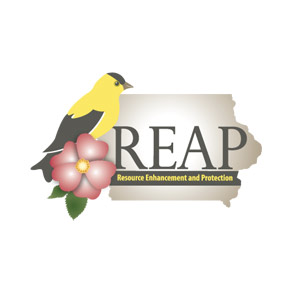Is Corn Dead When It’s Ready for Harvest?
When the corn stalk turns golden brown and crunchy, the corn cob inside is yellow, ripe, and ready for harvest. Students may find this confusing because when plants turn brown, they are thought to be dead. This is not the case for corn when it is ready to harvest! The corn stalks look this way because it’s drying out. If corn is picked while moist, it will result in mold which is not ideal for farmers.
Location
Earlville, Iowa
Driving Question
- What causes the corn husks to turn brown?
Probing Questions
- What do you notice about these pictures?
- What are the similarities and differences between the corn in the photos and the corn you see around your house or driving down the road?
- Why do we grow corn?
Classroom Suggestions
Students could:
- Have a local farmer come into the classroom as a guest speaker. The farmer could answer questions, provide information, and bring in real corn for the students to see and feel.
- Cover the growing stages of corn: Silking (R1) visible outside the husks. Blister (R2) the kernels are white on the outside, clear liquid inside. Milk (R3) the kernels will be yellow outside, with a milky white fluid inside. Final stage, dough (R4) the kernel fluid is thick/pasty, cob pink or red. Possibly bring in visuals of each growing stage of corn for the students to see.
- Students could take a field trip to a corn processing operation, such as River Valley Cooperative.
Relevant Related Resources
- Why Do Farmers Let Their Corn Die in the Fields?: An overview on when to harvest corn and why farmers harvest corn when it dies in the fields.
- Determining Corn Growth Stages: An overview on the growing stages of corn. Could pull this website up and show the students what the growing stages look like and what happens in the growing stages.
Iowa Core Alignment
3-LS3-2:Use evidence to support the explanation that traits can be influenced by the environment
Credit Info
Phenomena submitted by Claire Rausch, Allissa Hendryx, Joyce Lado, and Karly Wilhau.
Funding for Iowa Science Phenomena provided by:




